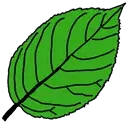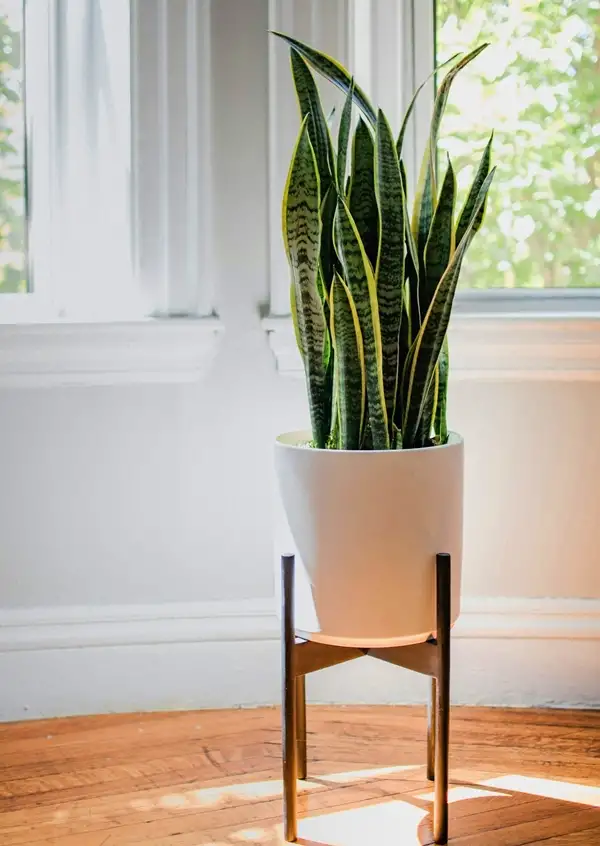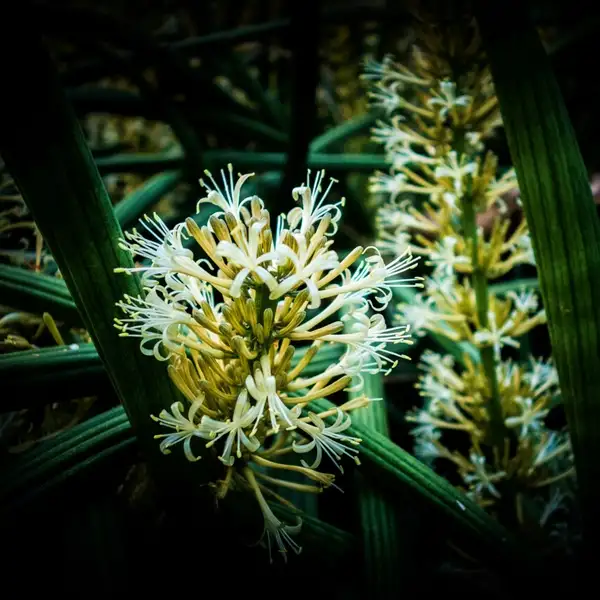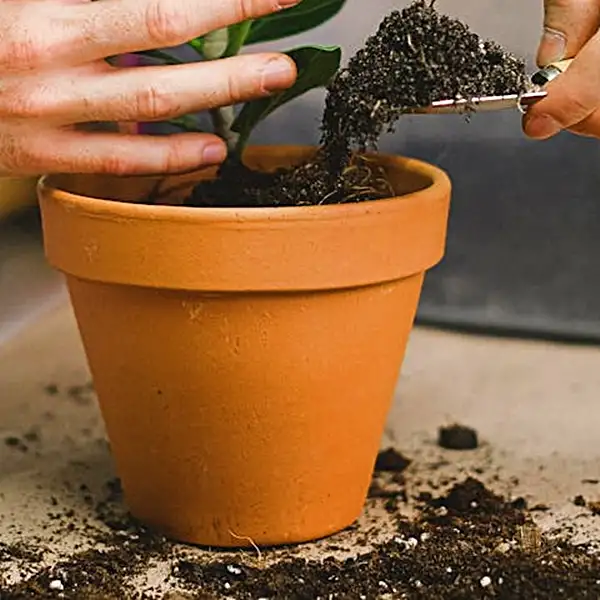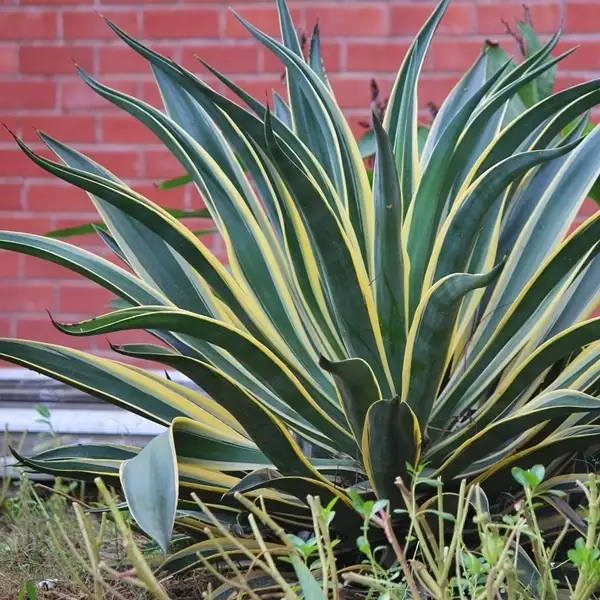Key Takeaways
| Key Takeaway | Why It Matters |
|---|---|
| How Often To Water A Snake Plant? | Avoid the #1 mistake that harms snake plants. |
| Seasonal Changes in Watering | Different seasons demand different hydration levels. |
| Signs Your Plant Needs Water | Recognize hidden signs before it’s too late. |
| The Right Way to Water | One technique ensures perfect hydration every time. |
| What to Avoid While Watering | A simple mistake can cause irreversible damage. |
| Pro Tips for Effortless Care | Smart, easy hacks to keep your plant thriving. |
Nature of Snake Plants
It was 2013, I was part of a research project studying urban air quality and the impact of indoor plants. Among the many species tested, snake plants stood out not just for their air-purifying abilities but for their low-maintenance hydration needs. A key takeaway from that study was understanding How Often Should You Water. Armed with this insight, I’ve been able to guide hundreds of plant enthusiasts to keep their snake plants thriving effortlessly.
I read somewhere,
‘Watering a plant is not just about quenching its thirst. It is about nurturing a relationship between nature & patience.’
Snake plants scientifically known as Sansevieria trifasciata, are among the most robust & adaptable houseplants. They have uniquely structured leaves with broad bases that taper off into a needle-like tip. These succulent plants can retain water in arid conditions giving them an advantage over other plant types.
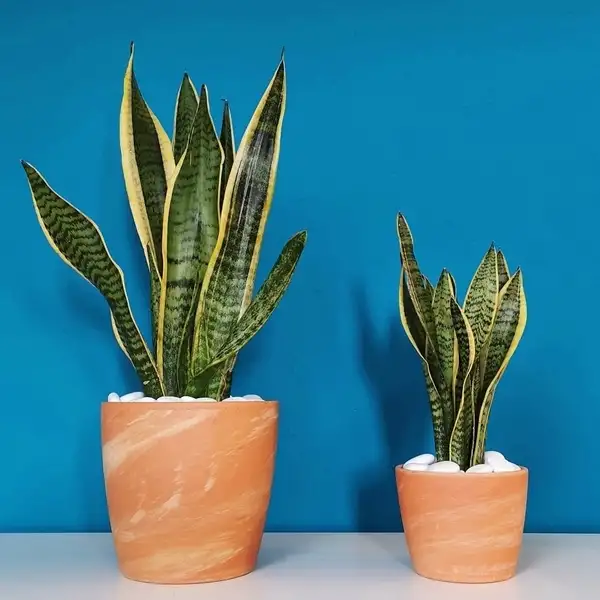
For any avid interior decorator or green lover with a busy schedule looking for minimal maintenance flora around them, snake plants serve as an ideal choice. They not only purify the air but also become natural decoratives given their vibrant green color and structured stellar appeal.
The root system is another important feature of snake plants. Their roots are well-adapted to survive prolonged dry spells by storing water efficiently during rainfall events or watering sessions. As such they can be easily overwatered which often ends by rotting their roots damaging the entire plant’s health.
Therefore understanding how snake plants live is crucial to know about when you should water them and how much is enough!
Importance of Proper Watering for Snake Plants

Similar to any living creature on this planet, water acts as primary vitality support for Snake Plants.
- When looking at it through the lens of botany science water’s basic duty stands between transportation medium distributing essential nutrients from soil medium across different parts of these evergreen beauties.
- The importance placed upon watering does not arise merely because it’s requisite; rather continued hydration supports keeping vetiver-green shade alive apart from fostering growth along new shoots.
- Furthermore, right amount of water prevents wilting or discoloration which could otherwise lead to aesthetic loss especially in indoor environments where plants are grown either collectively or individually in pots or vases.
How Often Should You Water a Snake Plant?
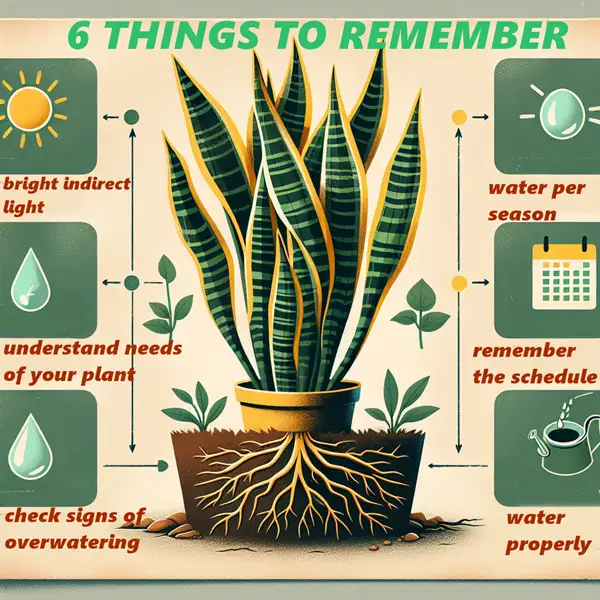
Since each plant has unique watering needs based on its varieties or subspecies – careful observation always pays off in ensuring hydration balance. For snake plants, it is important to keep a balance between too much & too little water.
| Condition | Watering Frequency | Notes |
|---|---|---|
| Spring & Summer | Every 1-2 weeks | Allow soil to dry completely between waterings |
| Fall & Winter | Every 4-6 weeks | Reduced watering due to plant’s dormancy |
| High Humidity | Less frequent | Soil retains moisture longer; adjust accordingly |
| Low Humidity | More frequent | Soil dries out faster; monitor and adjust |
Exact Seasonal Variations – How Much Water Does A Snake Plant Need
Remember watering requirements change w.r.t seasons. Seasons play an essential role in determining a watering schedule for your Snake plant.
| Season | Watering Frequency | Additional Tips |
|---|---|---|
| Spring | Every 1-2 weeks |
|
| Summer | Every 1-2 weeks |
|
| Fall | Every 3-4 weeks |
|
| Winter | Every 6-8 weeks |
|
1 Critical Mistake in Watering Snake Plants

Despite their hardy nature, mass caretakers often make the same dreaded mistake of executing ‘Kill by Kindness‘ strategy that works worst regarding these houseplants. Overwatering turns out to be the biggest blunder, increasing the risk of rotting beneath the soil surface and causing permanent damage.
How to tell if a Snake Plant Needs Water
- Through visual inspection, always confirm that the top inch has turned into dry substrate across the vessel, indicating readiness for soaking up new water.
- This supplemented tactic will restrict unnecessary saturation, while see-through holes at the bottom base ensure no standing water, preventing eventual spoilage, even if unintentionally done by first-time gardeners.
Tips and Tricks for Best Watering of Snake Plants
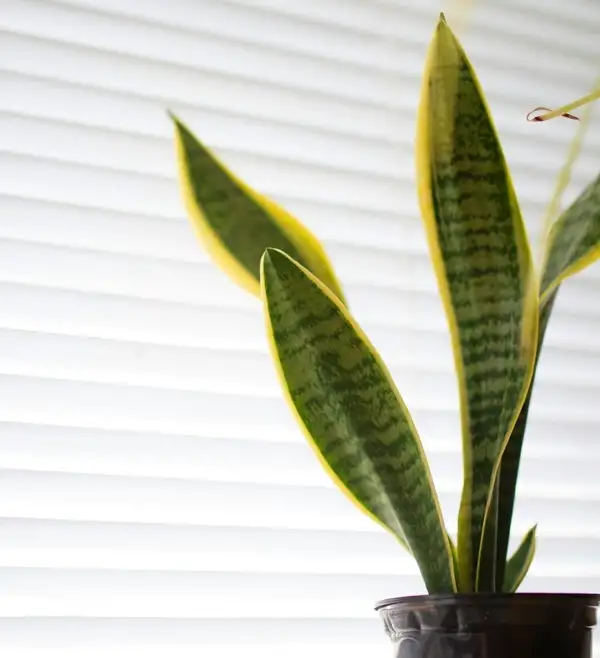
Following certain tips can ensure proper hydration levels within houseplant containers.
Knowing the right tools is part of deciding a better growth pattern: use the finger-picking method to feel the crust layer, giving an accurate, practical picture that is deeply connected. Then, make a mental note of the current atmosphere, setting it appropriately.
Additionally, arrange steady watering equipment’s clocks or alarms reminding when to bring in schedule staying well maintained for a lush green outlook. Endorsing conscious efforts helps avoid minor forgetfulness, preventing long-term harm.
Also, use plant saucers advantageous pairing into your plant-care regime catching any excess water running out of the drainage holes. Plus regular potting soil changed within a 2-year bracket helps refresh medium nutrients available boosting healthy robust growth.
Remember The Next Watering Day
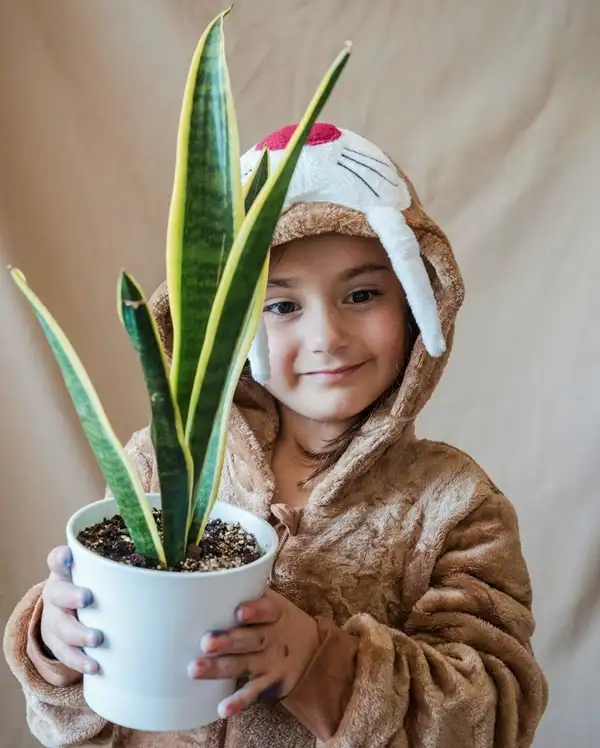
Caring for your snake plant is all about finding right balance. Knowing how often to water a snake plant ensures it thrives while avoiding the common mistake of an overwatered snake plant that can lead to root rot.
Just keep an eye on conditions around your plant & learn the best time to water snake plants – whether it is after soil has dried out or during specific seasons. With consistent snake plant care you will enjoy a low-maintenance yet vibrant plant that adds life to any space.
My final recommendation is to always remember, that less is always more when it’s about this ‘awesome-looking yet simple feeling’ indoor family member!
Frequently Asked Questions
Do you water a snake plant from the top or bottom?
Both work, but bottom watering is better for deep & even absorption. Avoid water collecting in leaf base to prevent rot.
How to water a snake plant from bottom?
Place pot in a shallow tray of water for 15-30 minutes. Once top soil feels slightly moist, remove pot & let excess water drain.
Can a snake plant go 3 weeks without water?
Yes! It can store water in its leaves & roots. In cooler months or low humidity it may last even longer without watering.
What are symptoms of an underwatered snake plant?
Leaves wilt, curl inwards & develop dry tips. The soil is extremely dry & plant looks brittle. Rehydrate gradually but avoid overwatering.
What are symptoms of an overwatered snake plant?
Leaves turn yellow or brown, stems become mushy & root rot develops. Soil stays soggy, cutting off oxygen supply. Let plant dry out completely before watering again.
